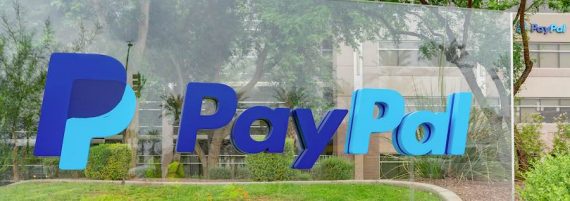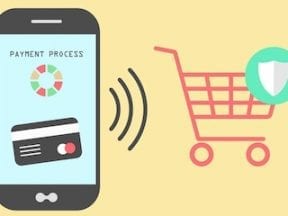PayPal has denied published reports that it is interested in acquiring Pinterest. Nonetheless, if consummated, the transaction might be the first of many similar acquisitions as platforms seek vertical integration.
In this post, I’ll address why it makes sense for PayPal to buy Pinterest, and why other ecommerce providers could get serious about vertical integration.

PayPal’s acquisition of Pinterest could add vertical integration heft.
Vertical Integration
China’s leading merchants have demonstrated that vertical integration in ecommerce works.
Social commerce in China combines content, chat, live streaming, sharing, and retail purchases. It obliterates the distinctions between social media networks and online stores (to paraphrase one of my articles).
Successful ecommerce-focused businesses in China are integrated, notwithstanding the government’s apparent machinations to break up or limit their influence. Those businesses have a social media network or content arm. They have a retail component or marketplace. They have payment processing and other financial tech services. They have fulfillment services. And they often have a device, such as a phone, or a device network.
Similar patterns exist with leading Western companies.
Amazon has Prime video, a content network. The company has a massive retail marketplace. It has fulfillment capabilities. It has Amazon Pay. And it has smart speakers and Kindle devices.
Apple, Google, Facebook, and Walmart also have some combination of these services or products. Other companies, including Shopify, could follow.
In this sense, PayPal purchasing Pinterest would put it in good company. It would provide key components of the vertical integration puzzle.
Creator Economy
PayPal might want to focus on a niche with a lot of room for growth and not yet dominated by one or two vertically integrated companies. That niche could be the creator economy.
Vloggers, bloggers, podcasters, chefs, coaches, consultants, independent musicians, and artists are among the long list of entrepreneurs collectively called creators. Often creators produce content for an audience on platforms such as YouTube, Instagram, TikTok, or Pinterest. They develop large followings of adoring fans, and then those creators seek ways to monetize that relationship.
The creator economy is reportedly worth about $100 billion, but it has the potential to grow. The opportunity to service creators is, for some, a tech industry gold rush.
Pinterest recently changed its interface to encourage creators. If the combination of PayPal and Pinterest allowed the latter to succeed as a TikTok for adults, the parent could be well-positioned for growth.
Payment Processing
One of PayPal’s core businesses, payment processing, faces numerous challenges.
Direct rivals. Bloody competition in the payments processing industry could make it difficult for pure processors to grow or even survive. Providers include PayPal, Helcim, Square, Stripe, Authorize.net, and hundreds of others.
New entrants. Many companies are entering the payment processing industry in one way or another — Amazon Pay, Google Pay, Apple Pay, Walmart Pay, Shopify Pay, and so on. Vertically integrated businesses understand that payment processing is not a discrete function but a feature of some other service. While these integrated companies could make deals with pure-play payment processors in the near term, they could just as easily develop the capabilities themselves.
Substitutions. Stablecoin and central bank digital currencies might sound like science fiction, but they could marginalize credit card and bank-issued debit card ecommerce purchases. Stablecoin and CBDCs would have much lower processing fees than payment cards, offer relatively better fraud protection, and open new markets. In both cases, stablecoin and CBDC, payment processors would be unnecessary.
Dissatisfied customers. Merchants and direct-to-consumer brands pay more than $100 billion annually in payment processing fees. All sellers seek ways to reduce those fees in my experience — I have never met a merchant that liked its payment processer. Most would abandon the processor for a better and lower-cost alternative.
More to Come?
Any of these competitive forces could disrupt PayPal’s payment processing business. Its acquisition of Pinterest could secure its future. Look for other industry participants to seek vertical integration and growth.




